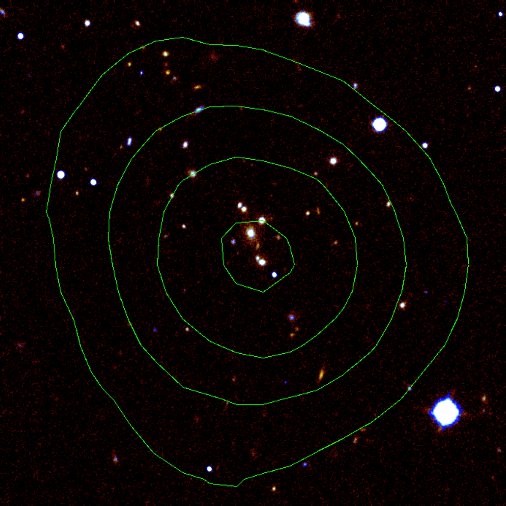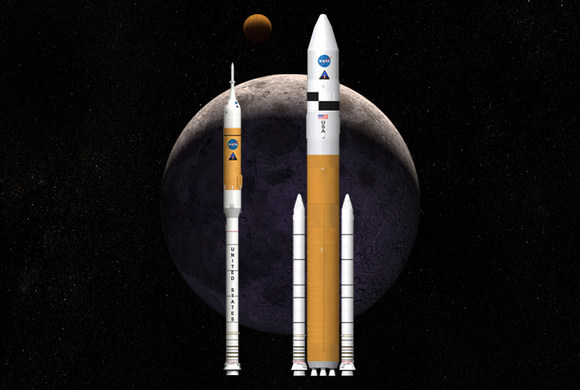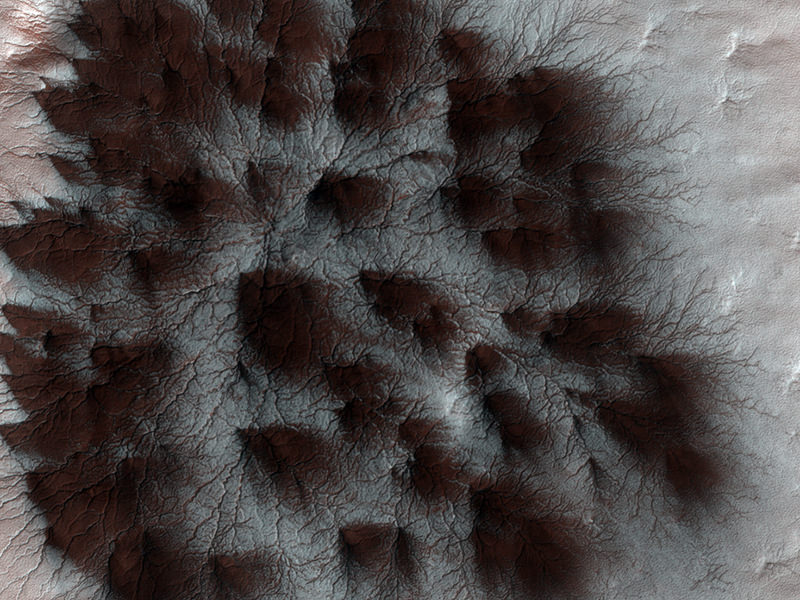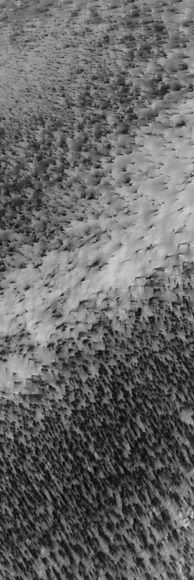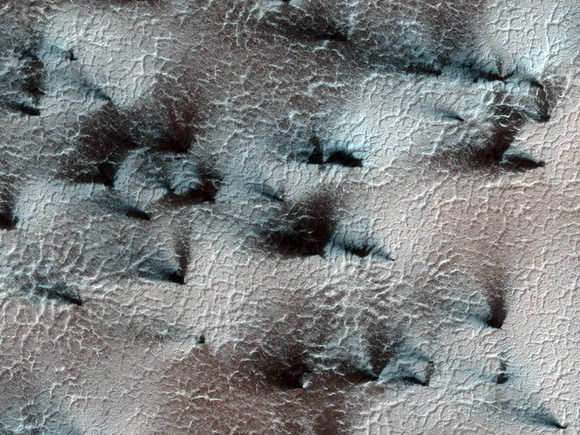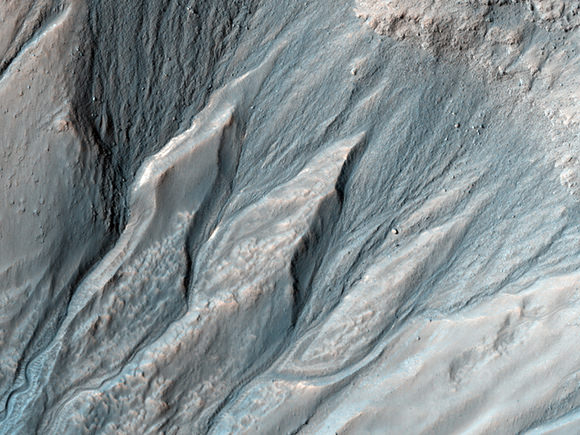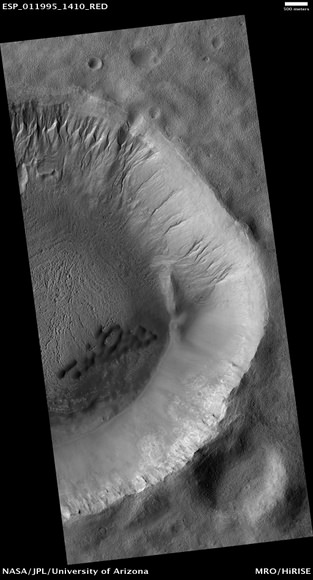[/caption]
A new glimpse inside the heart of Orion has confirmed the separation between the binary star system that orbit each other so closely, astronomers once believed they could be a single star.
The research team, led by Stefan Kraus and Gerd Weigelt from the Max-Planck-Institute for Radio Astronomy (MPIfR) in Bonn, Germany, used ESO’s Very Large telescope Interferometer (VLTI) to obtain the sharpest ever image of the young double star Theta 1 Ori C in the Orion Trapezium Cluster.
The binary stars represent the most massive star in the nearest high-mass star-forming region to Earth.
Theta 1 Ori C is the dominant and most luminous star in the Orion star nursery. Located at a distance of only about 1,300 light years, it provides a unique laboratory to study the formation process of high-mass stars in detail. The intense radiation of Theta 1 Ori C is ionizing the whole Orion nebula. With its strong wind, the star pair also shapes the famous Orion proplyds, young stars still surrounded by their protoplanetary dust disks.
Although Theta 1 Ori C appeared to be a single star, both with conventional telescopes and the Hubble Space Telescope, the team discovered the existence of a close companion.

“VLTI interferometry with the AMBER instrument allowed us, for the first time, to obtain an image of this system with the spectacular angular resolution of only 2 milliarcseconds”, says Stefan Kraus. “This corresponds to the resolving power of a space telescope with a mirror diameter of 130 meters.”
The new image clearly separates the two young, massive stars of this system. The observations have a spatial resolution of about 2 milliarcseconds, corresponding to the apparent size of a car on the surface of the Moon.
The VLTI image reveals that in March 2008 the angular distance between the two stars was only about 20 milliarcseconds. Additional position measurements of the binary system have been obtained over the last 12 years using the technique of bispectrum speckle interferometry with 3.6- to 6-meter-class telescopes, allowing high-angular resolution observations even at visual wavelengths down to 440 nm.
The collection of measurements shows that the two massive stars are on a very eccentric orbit with a period of 11 years. Using Kepler’s third law, the masses of the two stars were derived to be 38 and 9 solar masses. Furthermore, the measurements allow a trigonometric determination of the distance to Theta 1 Ori C and, thus, to the very center of the Orion star-forming region.
The resulting distance of 1,350 light-years is in excellent agreement with the work of another research group led by Karl Menten, also from MPIfR, who measured trigonometric parallaxes of the nonthermal radio emission of Orion Nebula stars using the Very Long Baseline Array. These results are important for studies of the Orion region as well as the improvement of theoretical models of high-mass star formation.
The researchers say the results highlight new possibilities of high-resolution stellar imaging achievable with infrared interferometry. The technique allows astronomers to combine the light from several telescopes, forming a huge virtual telescope with a resolving power corresponding to that of a single telescope with 200 meters diameter.
“Our observations demonstrate the fascinating new imaging capabilities of the VLTI,” said Gerd Weigelt. “This infrared interferometry technique will certainly lead to many fundamental new discoveries.”
LEAD IMAGE CAPTION: VLTI/AMBER image of Theta 1 Ori C in the Orion Trapezium Cluster, plus position measurements of the binary system obtained over the last 12 years. Credit: Max Planck Institute/VLTI/AMBER
Sources: Max Planck Institute press release (emailed through Eurekalert), and the original paper.


